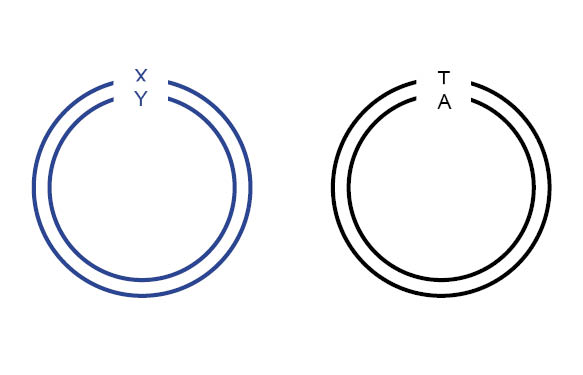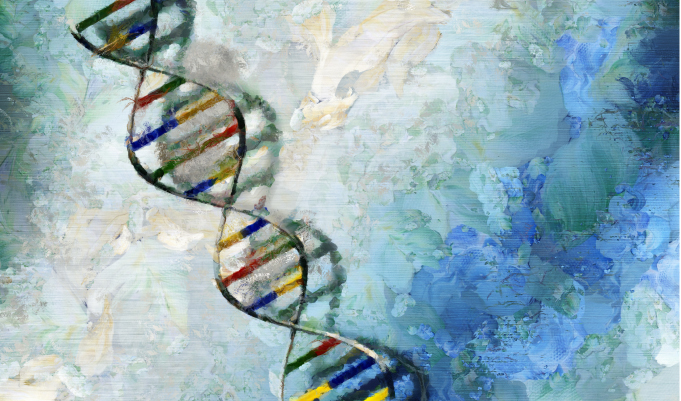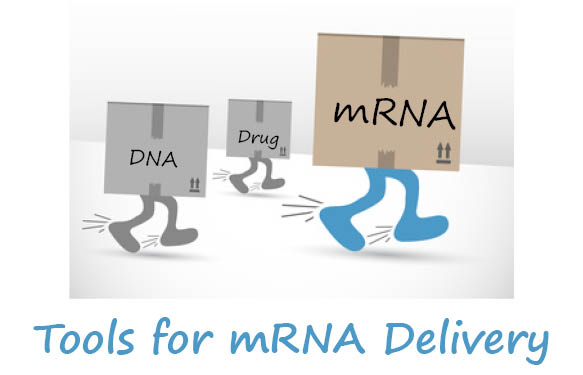Molecular biologists are familiar with the QuikChange® Site-Directed Mutagenesis Kit that allows rapid intoduction of a point mutant into a plasmid/vector/mammalian expression construct. Briefly, the protocol first involves a thermocycling/PCR step with mutagenic primers, followed by a DpnI digestion step to digest the methylated parental/wild-type plasmid, and finally transformation into competent cells for nick repair.

Most experts we’ve talked to still use this technique, but don’t see the point of an expensive kit. Instead they use their own protocols with inexpensive enzymes and reagents bought separately. One such protocol involves the following:
“QuickChange” Protocol for Site-Directed Mutagenesis
Step 1: Design mutagenesis oligos (Primer 1 and Primer 2) using the website PrimerGenesis
Step 2: Order high quality custom oligos from tebu-bio
Step 3: Set up this reaction:
| Plasmid DNA (50ng/ul) | 1 ul |
| 10x Reaction Buffer (comes with polymerase) | 5 ul |
| 50 mM MgCl2 (comes with polymerase) | 1 ul |
| dNTPs (10mM) | 1 ul |
| DMSO | 2.5 ul |
| Primer 1 (10uM) | 1 ul |
| Primer 2 (10uM) | 1 ul |
| AccuStar™ DNA polymerase* | 1 ul |
| Water | 36.5 ul |
| TOTAL | 50 ul |
* Due to inherent 3’-to-5’ exonuclease activity of this very high fidelity enzyme, the polymerase must be added last to the reaction in order to prevent primer damage.
Step 4: Run the following PCR Cycle in a thermocycler
95°C 5 min; 15 cycles of (95°C 30sec, 60°C 1 min, 68°C 15 min*), 68°C 10 min, 10°C forever.
*for large (>9kb) plasmids, increase the extension time to 20min.
Note: run a negative control reaction without polymerase enzyme.
Step 5: Add 1 ul of Dpn1 enzyme to PCR tubes and leave at 37C for 2 hours
Step 6: Prepare a 1% agarose gel with GreenView™ Plus DNA Gel Stain
Step 7: Load 10ul of completed reaction mixed with SafeGreen™ Loading Dye next to 1kb DNA ladder and run the gel at 150V for 10 min to determine if PCR was successful. You should not see a product for the ‘negative control’ tube that had no polymerase. Troublshooting: If PCR reaction yields no product, then do gradient for the annealing temperature. The DMSO is extremely important, so keep this in the reactions.
Step 8: Mix PCR reaction with 500ul of PB buffer and purify on column. Wash with PE buffer and elute with 50 ul of water. Use 10ul of for transformation of TransforMax™ EC100™ competent cells.
Interested in using this protocol to your lab? Here is a list of products you will need:
| Item Name | Catalog Number |
| 2′-dNTP Set | 040N-2505-25 |
| Accustar DNA Polymerase | 218ME-0067-05 |
| Molecular Biology Grade Agarose | 218EP-0010-05 |
| GreenView Plus DNA Gel Stain | 217N101 |
| SafeGreen Loading Dye | 217D012 |
| TransforMax EC100 Chemically Competent E. coli | 035CC02810 |
| 1kb DNA Ladder | 217D001 |
Legal Notes: QuikChange® is a registered trademark of Stratagene.



